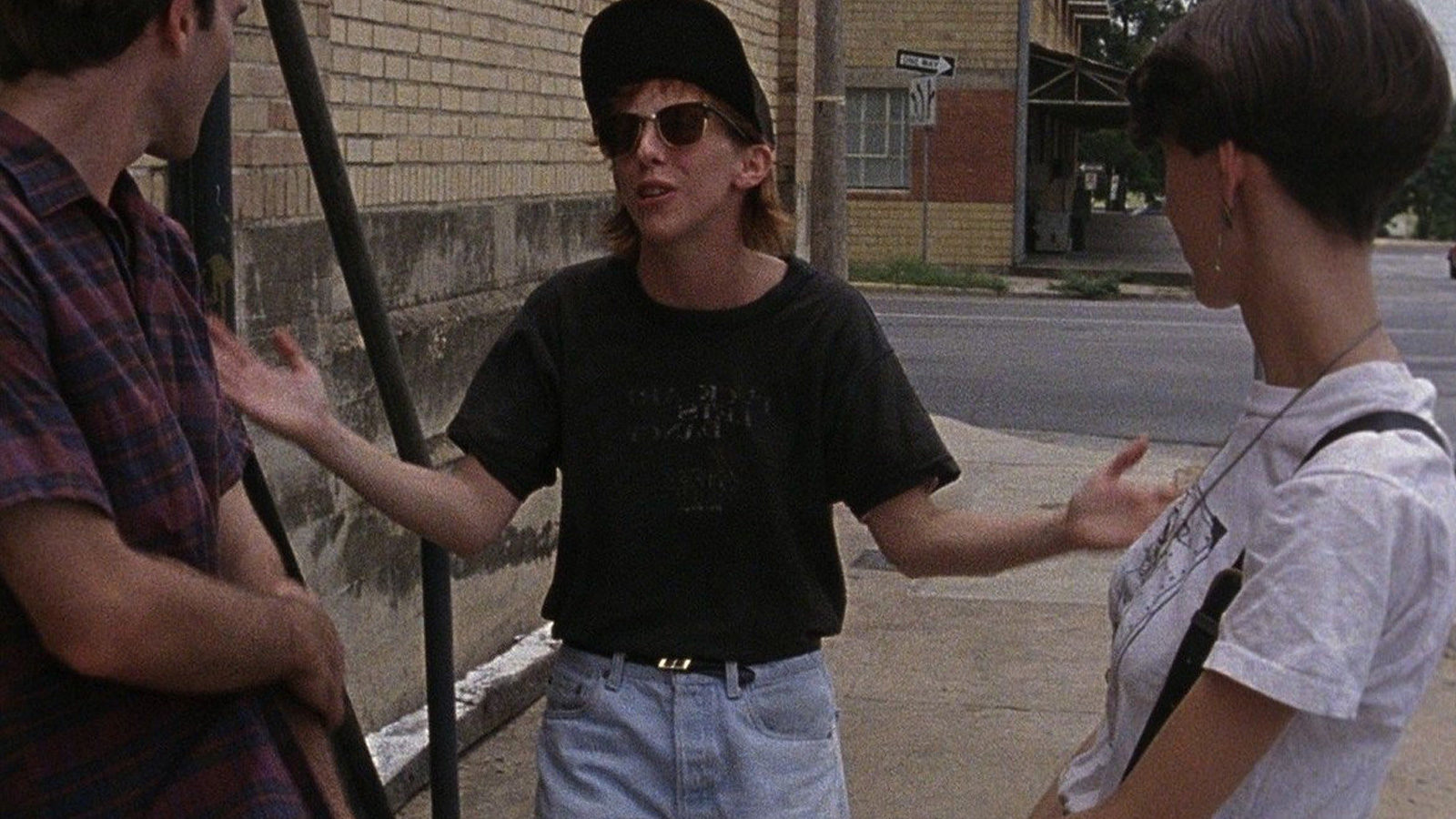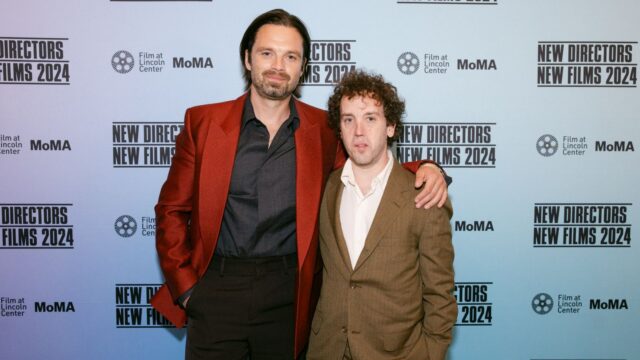Program 10: Tabletop + Slacker

Though James Benning is perhaps best known for his rigorously structured landscape films, he also toyed with PXL 2000. In Tabletop, the deepest cut of the entire series, he considers the formal character of the camera’s end-of-tape glitch. It will be screening here with the rather less obscure Slacker, Richard Linklater’s dérive through Gen X Austin. One of the most iconic American independent films, Slacker maps the city by ambling from vignette to vignette, encountering all manner of eccentrics, dropouts, and armchair philosophers along the way (one is famously trying to sell what she claims is Madonna’s pap smear). Complementing this already variegated method is a Pixelvision episode, which takes us through a performance at Austin Media Arts, the same venue where Linklater and his longtime DP Lee Daniel hosted countless repertory screenings of everything from Ozu to James Benning. Slacker print courtesy of the Sundance Collection at the UCLA Film & Television Archive.
Tabletop
James Benning, USA, 1988, 3m
Slacker
Richard Linklater, USA, 1991, 35mm, 100m
Programmer Thomas Beard on Pixelvision, the “Underappreciated Flipside of ’90s Indie Cinema”:
I bought a PXL 2000 on eBay years ago, back when I was in college, but unfortunately I could never get it to work. The Pixelvision camera was kind of legendary, a plastic camcorder for kids put out by Fisher-Price in the late ’80s that recorded its ghostly, low-res images onto a regular audio cassette. As a toy, the PXL 2000 was rather a bust, yanked from the shelves after only a year—they were too expensive, they were temperamental—but the story of Pixelvision doesn’t end there. It had a look like nothing else, a dreamy visual texture, fuzzy as a faded memory, and the format had a surprise second act in the hands of experimental filmmakers, who used the device to shoot some truly remarkable movies, like Michael Almereyda’s Nadja, a wry riff on the vampire picture, or Sadie Benning’s teenage bedroom tapes, which, in my estimation, are among the most moving and imaginative records of queer adolescence ever made.
Over the years there have been a number of one-off Pixelvision screenings, but nothing this comprehensive, and many of the titles aren’t currently available on DVD or Netflix, so if you’re intrigued by the curious afterlife of the PXL 2000 and the challenging, strangely beautiful films it captured, now’s the time to check them out. Think of this series as the underappreciated flipside of ’90s independent cinema.






